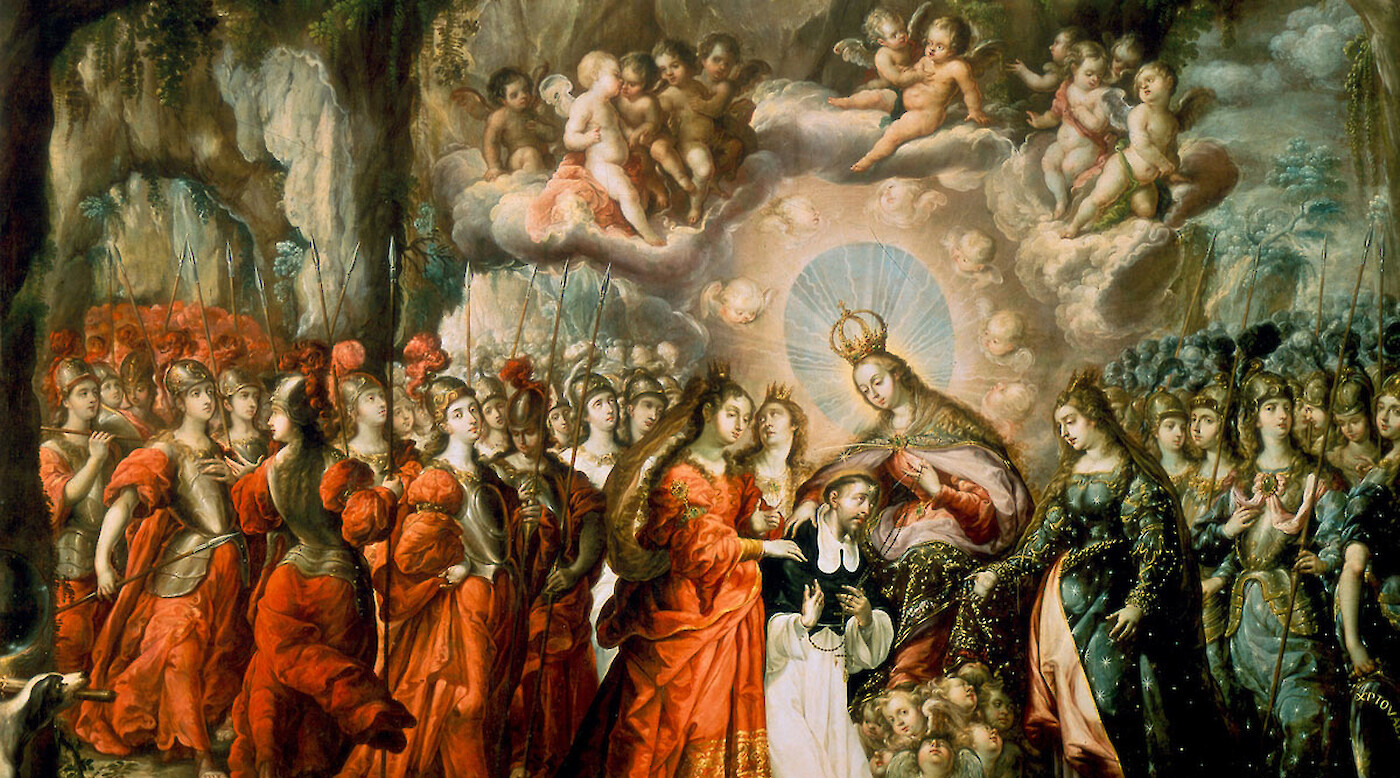Cristóbal de Villalpando: Painter of the Baroque

Villalpando emerged in the 1680s as a painter in the Spanish Viceroyalty in Mexico. He was one of the most innovative and accomplished artists in the entire Hispanic world.
Cristobal de Villalpando is considered the most important baroque figure in New Spain. He was born in Mexico City (1649-1714), the capital of Viceroyalty and one of the main centers of European cultural expansion in the Americas.
Following the heritage of Spanish Painters Murillo and Juan de Valdés Leal, his professional career runs parallel to another great master of the Mexican baroque, Juan Correa. Both are authors of the canvases that decorate the sacristy of the cathedral of Mexico
This exhibition at the Metropolitan Museum of Art includes his earliest masterpiece, a painting depicting the biblical accounts of Moses and the Brazen Serpent and the Transfiguration of Jesus, painted in 1683 for a chapel in Puebla Cathedral. This marks a breakthrough in Villalpando’s work, in terms of its grand scale and its audacious conception and execution.
Highlights include Villalpando’s recently discovered Adoración de los Magos (Adoration of the Magi) and Dulce nombre de María (Holy Name of Mary), from the Museum of the Basilica of Guadalupe.